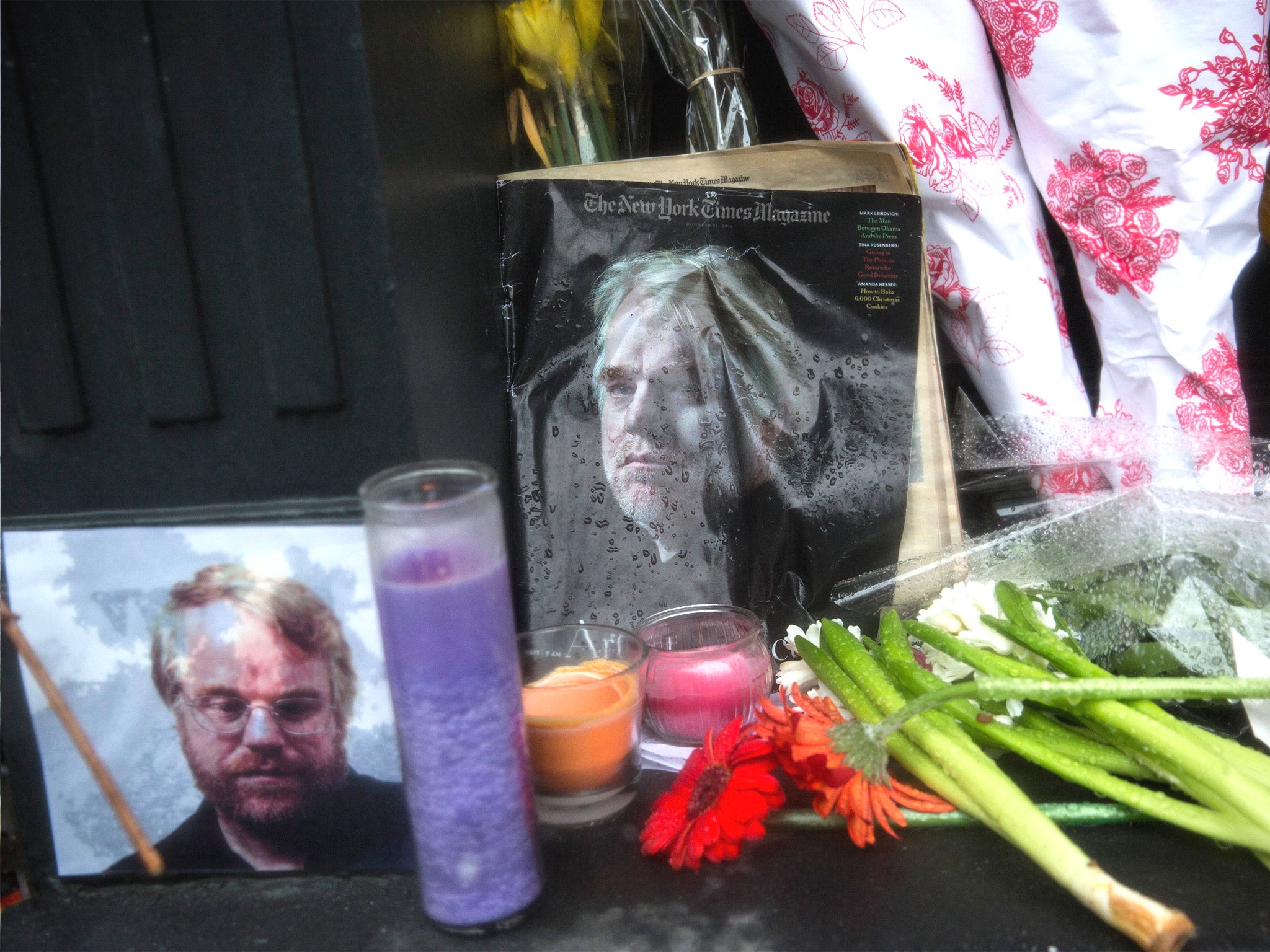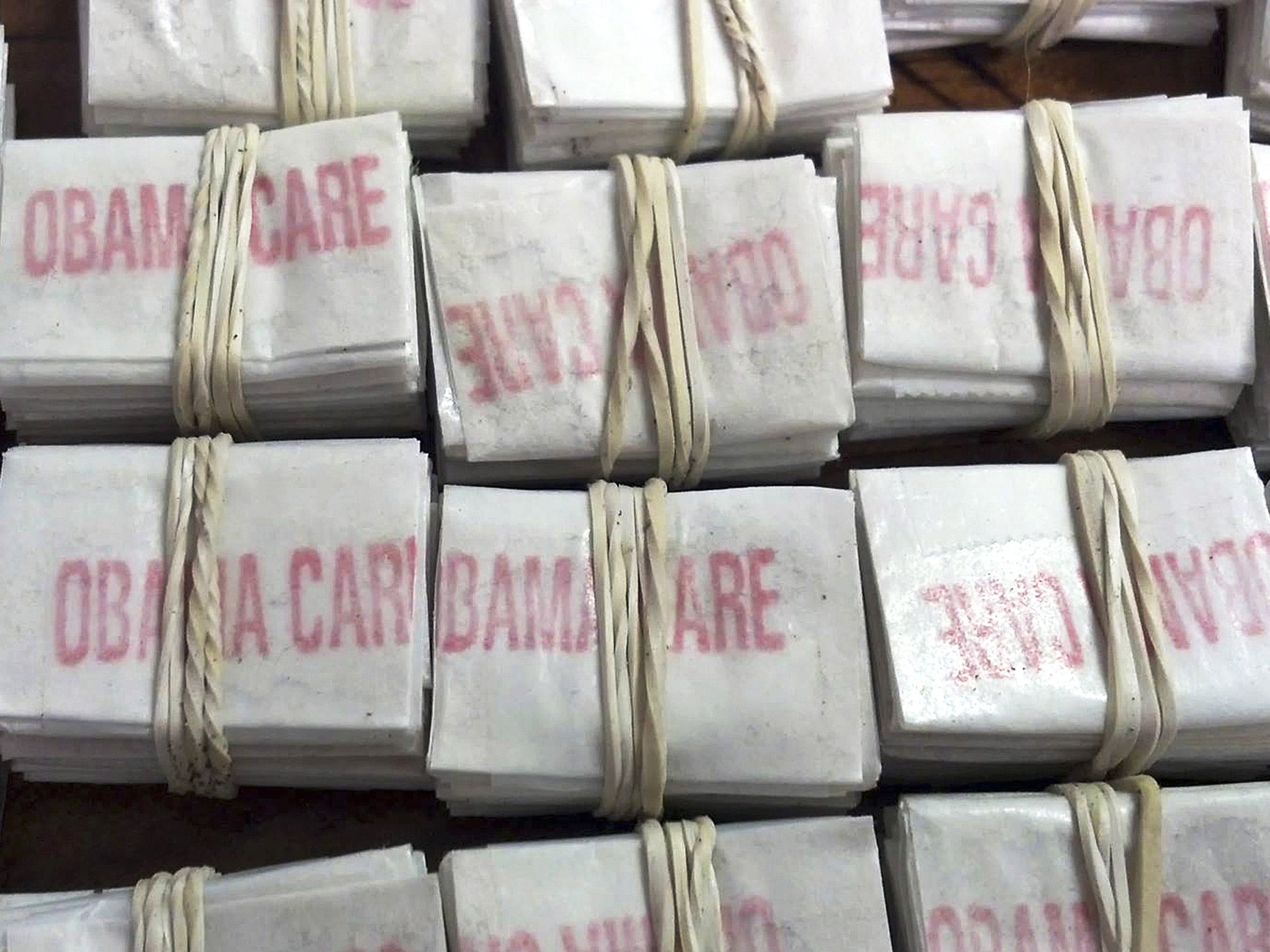Middle-class habit: Heroin addiction breaks out of America’s inner-cities
Philip Seymour Hoffman probably knew the risks but, like me, could not stop, says a university-educated addict

For addicts like Jonathan, there doesn’t seem to be much mystery to Philip Seymour Hoffman’s death, from a suspected heroin overdose. “He probably didn’t even know what happened. He lost his life and had no intention of doing that, but that was the outcome. You might be the next person who doesn’t wake up.”
In early 2011, Jonathan very nearly didn’t. While he had been battling addiction to stimulants like cocaine and meth for a decade, he had only had one brush with heroin, snorting it with a colleague on a work trip abroad. “I got really sick,” he recalls. “It wasn’t a good experience.” Yet on this day, on his own in his apartment and unemployed at the time, the pull of heroin returned to him. And he wanted to inject it.
“That might seem insane but to an addict it’s perfectly reasonable,” he says. The possible perils did not even come into consideration. “It’s easy to convince yourself it’s okay to do. Your mind will tell you that.”
And so Jonathan, 43 and educated at one of America’s top universities, went about it. “They talk about how you just slip away and that’s exactly what happened to me. I passed out on the floor with the needle still in my arm and I stopped breathing.” When his partner found him he had already turned blue. Still now, he has no recollection of any of it. There was no brief moment of pleasure – nothing – just the blacking out. He woke up in hospital.
Stories like Jonathan’s – not his real name – are becoming increasingly common in the US today, like the drug itself. It has taken the death of a widely respected actor, from what would appear to have been an overdose, to bring what experts call an epidemic to the attention of the wider public.
After falling away from the rampant rates of usage in the 1970s, the drug in recent years has made a stealthy comeback, and not just in large cities like New York but in remoter areas too. Last week, Vermont’s governor dedicated an entire speech to the scourge of heroin in his state.

“We’re seeing a resurgence of heroin,” Gil Kerlikowske, director of the Office of National Drug Control Policy, confirmed. “It cuts across all demographic groups. We used to think of a heroin as an inner city problem, but it’s now a problem we’re seeing across the nation among all populations and all ages.”
Experts believe that addicts who became hooked on abusing prescription drugs like the pain killer OxyContin are switching to heroin because it is easier to get nowadays, and cheaper too. The National Survey on Drug Use and Health reports that while Americans abusing OxyContin fell from 566,000 in 2010 to 358,000 in 2012, those regularly using heroin leaped over the same period from 239,000 to 335,000.
Then there is the growing sophistication of the purveyors, who offer numerous brands of the drug with catchy, underworld names. The roughly 70 bags reported to have been found in Mr Hoffman’s apartment were stamped “Ace of Spades”. Just last week, police seized 33 pounds of heroin in the Bronx worth $8m stamped variously “NFL”, “government shutdown”, “iPhone”, and ‘“Olympics 2012”.
Nowhere is more awash than New York. Heroin seizures across New York State rose 67 per cent over four years, according to the Drug Enforcement Administration. Almost a fifth of all seizures in the US are in this state. Meanwhile, dealers are increasingly lacing the product with opiates even more powerful than heroin itself, like fentanyl, to keep their client’s hooked. Last month, officials reported a rash of 22 deaths in Western Pennsylvania alone from overdoses from fentanyl-enhanced heroin.
When asked if the dose that almost killed him had perhaps been mixed with something else, Jonathan, who lives in Atlanta, replies no. But then he isn’t sure, and this is one of the many dark secrets of the trade. Dealers don’t always tell addicts what they are getting. “It’s Russian Roulette when you don’t know what you’re getting or how strong it is,” he concedes.
And they don’t always know how to inject safely. “I injected meth so I knew what I was doing,” says Jonathan, before adding: “But you have to prepare it in a certain manner and dilute it with water. I don’t know how much I diluted it.”
Happy to have survived, Jonathan knows he has a long road ahead. He is now in a 12-step programme and has been sober since November, when he had his last relapse, though with meth not heroin – which he swears he won’t touch again. “I struggle with it every day. It’s as they tell you, it’s a lifelong issue that will never ever be resolved. You can only manage it and put a lid on it and you have to be constantly vigilant.”
Looking back on that near-fatal February day now, one thing sticks with him – how easy it was to get the heroin once the desire to have it had taken hold. “I didn’t even know that my drug dealer sold it until I asked. I had always assumed it was one of those drugs you had to know the right people to get it. Evidently it is easier to get than I thought it was.” And this is what the rest of the country is now learning.
Join our commenting forum
Join thought-provoking conversations, follow other Independent readers and see their replies
Comments